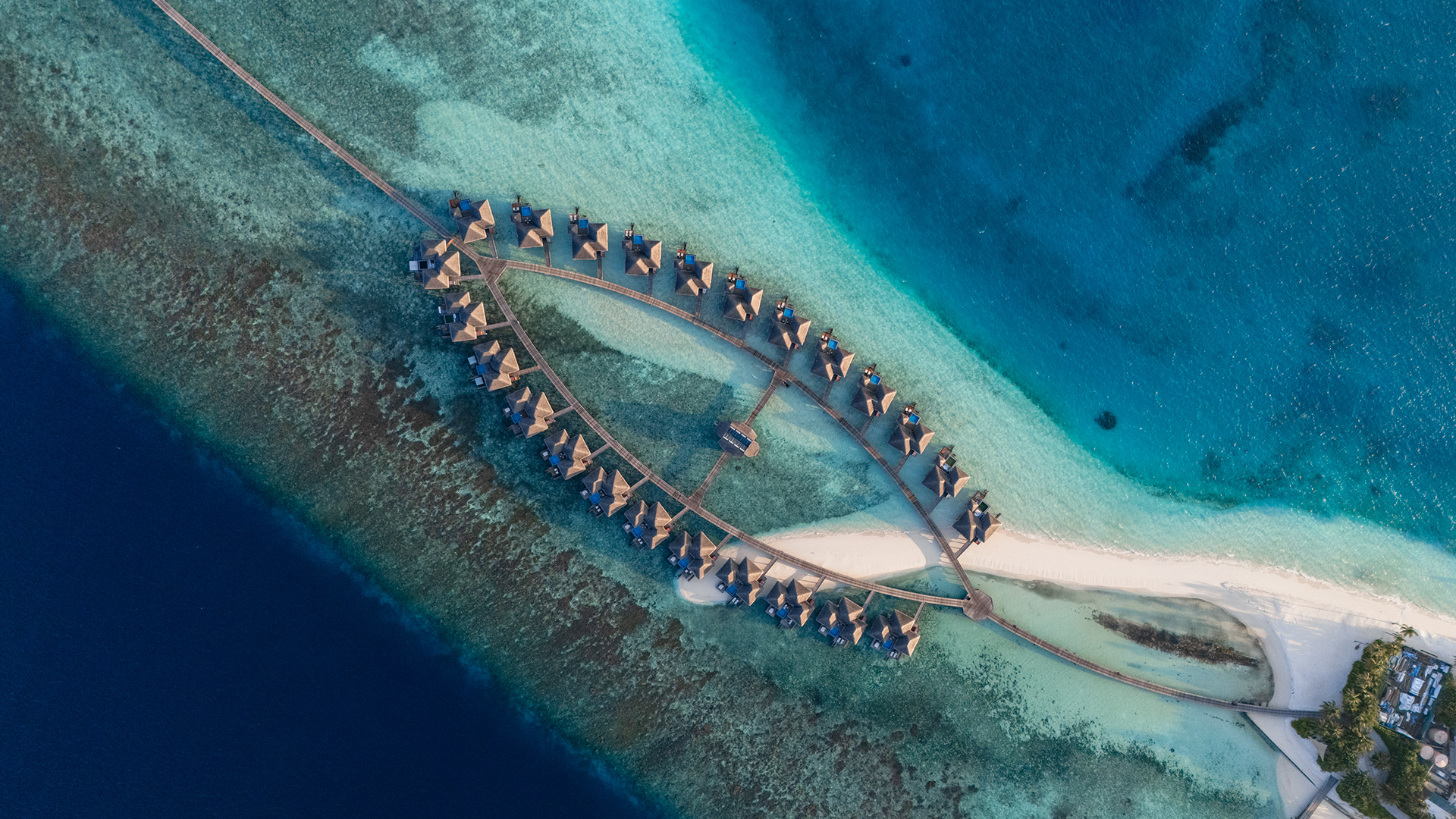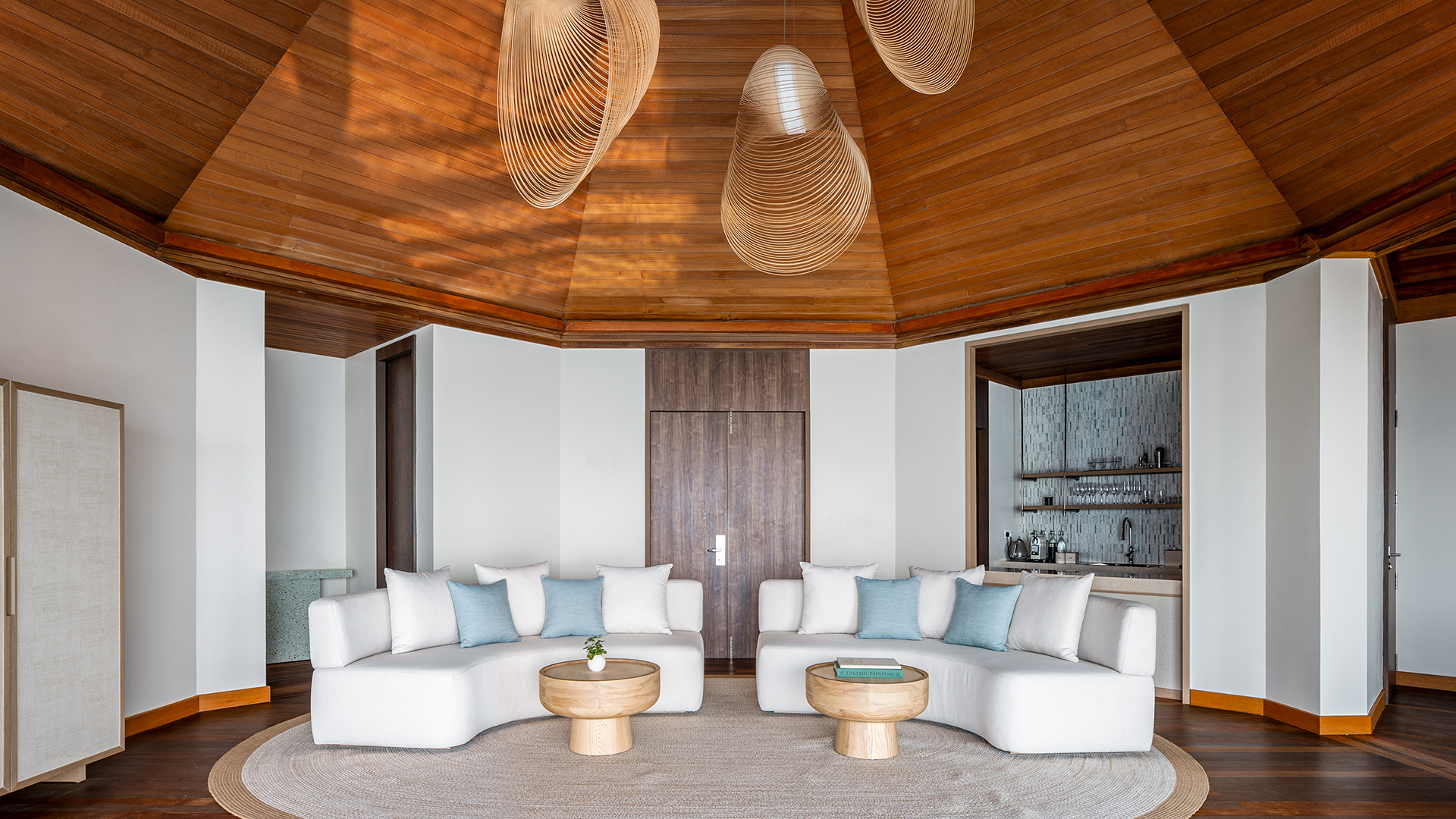Don’t rebuild, re-envision: How BLINK’s subtle take on sustainability is changing the face of luxury hospitality
In his latest subjective take on all things luxury hospitality, BLINK founder and creative partner Clint Nagata outlines his thoughts on sustainability within the sector and describes how BLINK’s programme of re-envisioning presents a more creative approach to this crucial issue.

Over the past year, I’ve been invited to speak at numerous conferences, and a recurring theme is sustainability. For a long time, sustainability has been a buzzword in the industry, but for us at BLINK, it’s a complex issue.
Primarily, it revolves around two factors: budget and brief, and more often than not, they’re in conflict with each other with sustainability usually losing out. Although a major talking point, sustainability in the high-end hospitality world is very much a plus-one, with most major brands focussing on their main DNA, that being luxury.
“We’ve even carved out a niche based on our methodology – which we term re-envisioning – and it appears to be chiming with the sector’s direction of travel.”
Re-envisioning: sustainability with style
For us at BLINK, the challenge is to deliver luxurious yet sustainable destinations that align with a brief and are delivered on a budget, and that process can demand as much creativity as the design process itself.
Over the past two decades, we’ve learned that a more subtle and implicit approach to sustainability works best for us. We’ve even carved out a niche based on our methodology – which we term re-envisioning – and it appears to be chiming with the sector’s direction of travel.
Previously, a renovation of a hotel or resort generally meant a full rip-out and replacement. The finished result would often be unrecognisable from what had previously existed and was usually delivered at a considerable cost both financially and environmentally – not to mention the downtime such major alterations take to complete. However, in recent years, owners and operators have started to come to the realisation that such makeovers simply don’t make sense.
“Regardless of complexity, we always strive to work in a sustainable manner without compromising the final design.”
If it ain’t broke…
It’s obvious, but guests return to a particular hotel or resort quite simply because they’ve enjoyed previous stays. The factors behind a guest’s overall contentment can’t be fully controlled by an owner or operator, but certain areas can – and these are the elements that need to be reviewed and retained in some shape or form.
When we start working on a re-envisioning project, we spend a great deal of time identifying the fundamental factors, both overt and hidden, that previously defined a resort’s success before we envisage ways to refine them. This period of discovery often leads us to the doors of local craftspeople and artisans. Understanding their approaches and skills helps us hone ours. Also, employing such talents supports the regional economy, an often-overlooked aspect of sustainability.
Every re-envisioning project is unique. Some involve simplifying a property through a subtle colour change and reupholstering furnishings, such as the work we undertook at JW Marriott Khao Lak. Elsewhere, certain developments require drawing on what made them special historically and revisiting and reinvigorating those elements, which is the route we followed at Huvafen Fushi Maldives. Occasionally, projects are more elaborate and require greater change, as we found with our work on the lobby and lounge at Millennium Hilton Bangkok. But regardless of complexity, we always strive to work in a sustainable manner without compromising the final design.
“As demand increases for such products and services, banks and governments will hopefully incentivise investment and uptake.”

And for the future?
The sector’s supply chain is one area in which sustainability is becoming more prominent, with established furniture makers beginning to trade on their green credentials. At Salone Internazionale del Mobile, Milan’s international furniture fair, I was excited to see numerous sustainable furniture lines. I was particularly impressed by a sustainable bathtub. I hope that as the industry grows and matures, the availability of such products will become more easily accessible. Also, as demand increases for such products and services, banks and governments will hopefully incentivise investment and uptake.
In addition, hospitality operators are gradually beginning to distinguish themselves by being more sustainable. Certainly, when I stay at an establishment, and its sustainable actions are mentioned in its collaterals or guestrooms, it makes me feel a little better about my choice of accommodation.
In an era in which sustainability is an increasingly pressing factor, re-envisioning over rebuilding offers a compelling alternative. Through diligent research into new and repurposed materials and recognition of what still works, we can meet sustainable goals by simply preserving and enhancing what already exists. This approach underscores how subtle changes can significantly impact our environment and our guest experiences.




